Our Service
“From Pours to Repairs, for Your Construction Needs”
Exposed concrete aggregate is a type of concrete finish that involves exposing the aggregates (small stones and pebbles) used in the concrete mix to create a decorative surface. The aggregates can be of various sizes and colors, and the finish can be coarse or smooth, depending on the desired effect. Here are some of the types of exposed concrete aggregate services:
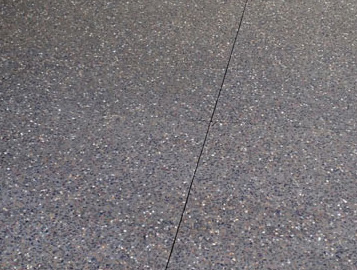
Standard exposed aggregate
This is the most common type of exposed concrete aggregate. It involves exposing the aggregates in the concrete mix by washing away the top layer of cement paste after the concrete has cured. This creates a textured and slip-resistant surface.
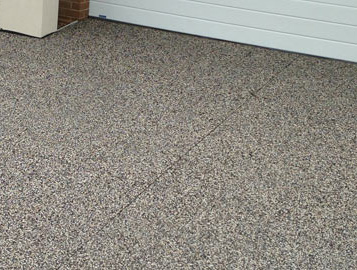
Seeded exposed aggregate
This type of exposed concrete aggregate involves adding decorative aggregates such as colored stones, glass beads, or shells to the surface of the wet concrete mix. The surface is then exposed by washing away the top layer of cement paste to reveal the decorative aggregates.
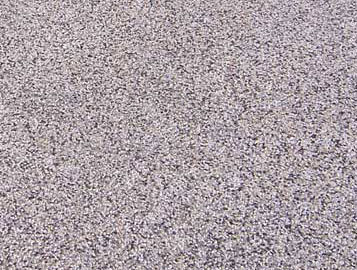
Standard exposed aggregate
This involves polishing the surface of the exposed aggregate to create a smooth and glossy finish. The surface is first ground down to expose the aggregates and then polished using a series of progressively finer grinding tools.
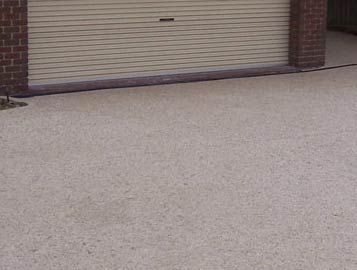
Sandblasted exposed aggregate
This type of exposed concrete aggregate involves using a sandblasting machine to blast away the surface layer of the concrete to expose the aggregates. This creates a textured surface that is ideal for slip-resistant areas such as pool decks.
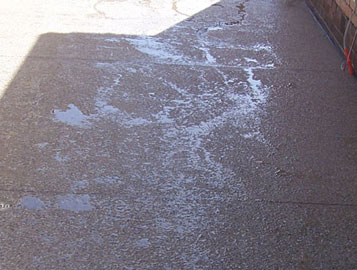
Brushed exposed aggregate
This involves brushing the surface of the exposed aggregate to create a textured finish. The surface is first exposed by washing away the top layer of cement paste and then brushed using a wire brush to create a rough, textured surface.
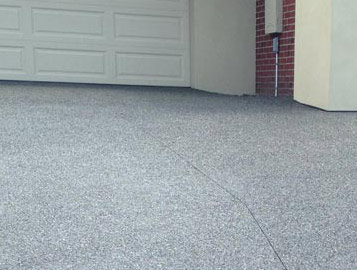
Etched exposed aggregate
This involves using an acid solution to etch the surface of the exposed aggregate. The acid reacts with the cement paste to create a textured surface that is slip-resistant and visually appealing.
These are just some of the types of exposed concrete aggregate services available. The type of service that is best for your project will depend on the desired aesthetic and functional requirements.
INTERLOCKING AND WATERPROOFING SERVICES
INTERLOCKING SERVICES
Interlocking concrete services involve the installation of interlocking pavers or blocks made from concrete. These pavers are designed to fit together like puzzle pieces, creating a durable and visually appealing surface. Interlocking concrete services can be used for a variety of applications, including driveways, walkways, patios, and pool decks. Interlocking pavers come in a variety of shapes, colors, and sizes, allowing for a wide range of design possibilities. They are also known for their strength and durability, making them a popular choice for high-traffic areas.
The installation process typically involves the following steps:
STEP1
Site preparation
This includes excavation, grading, and compacting the area where the interlocking pavers will be installed.
STEP2
Base installation
A layer of crushed stone or gravel is laid down and compacted to create a stable base for the interlocking pavers.
STEP3
Edge restraint installation
Edge restraints are installed along the perimeter of the area to prevent the pavers from shifting or moving.
INTERLOCKING SERVICES PROCESS
STEP6
Sand filling and compaction
Once the pavers are installed, sand is spread over the surface and swept into the joints between the pavers.
STEP5
Paver installation
The interlocking pavers are installed according to the desired pattern and design of the customer’s needs.
STEP4
Sand bed installation
A layer of sand is spread over the base and leveled to create a smooth surface for the interlocking pavers to be installed.
WATERPROOFING SERVICES
Waterproofing concrete services typically involve applying specialized coatings or membranes to concrete surfaces to prevent water from penetrating through the material. This is especially important for concrete structures that are exposed to moisture or are located in areas with high humidity, such as basements, swimming pools, roofs, and parking garages. There are different methods of waterproofing concrete, including:
Coatings
Coatings are typically applied as a liquid and cure to form a protective layer over the concrete. They can be applied to both new and existing concrete surfaces and are available in different types, including acrylic, epoxy, and polyurethane coatings.
Membranes
Membranes are a type of sheeting that is applied to the concrete surface and adhered with adhesive or hot air. They are available in different materials such as rubber, bitumen, and PVC, and are suitable for large surface areas.
Integral waterproofing
Integral waterproofing is a method that involves adding waterproofing agents directly to the concrete mix before it is poured. This method helps to create a waterproof barrier throughout the entire concrete structure, rather than just on the surface.
It is important to choose the right type of waterproofing method based on the specific requirements of the project. It is also important to ensure that the concrete surface is properly prepared before applying any coatings or membranes to ensure maximum adhesion and effectiveness. Exposed Concrete Aggregate waterproofing concrete services are usually offered by specialized contractors who have the expertise, tools, and materials to perform the job correctly and efficiently.
